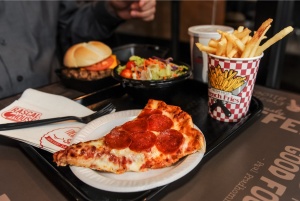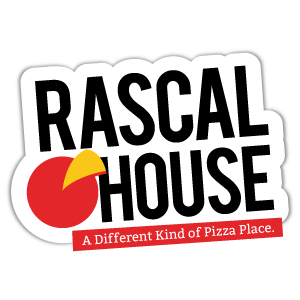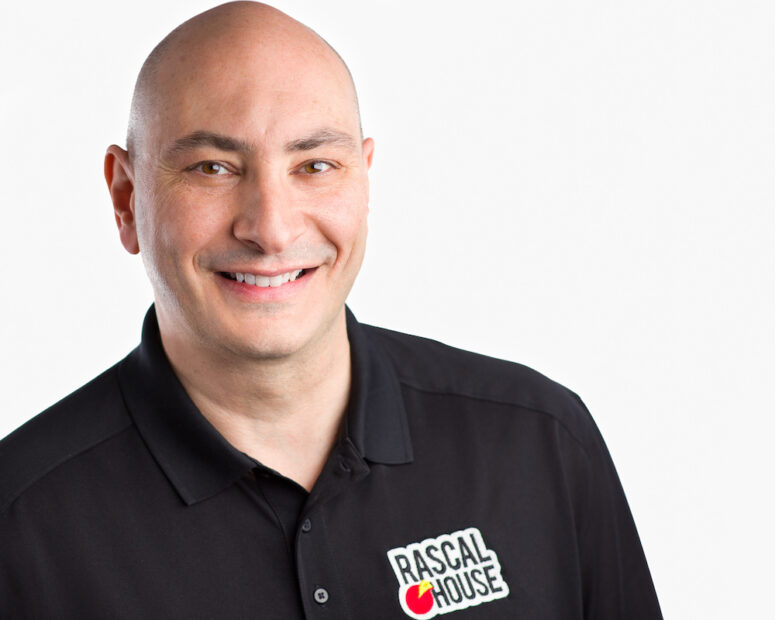Originally posted at PMQ Pizza Media in May 2022. Original article here.
Niko Frangos, president of Cleveland-based Rascal House, recommends strategies for pricing your food without scaring away your customers.
- If you need to raise prices at your pizza shop—and you probably do if you haven’t already—you must first know your costs and price trends, says Niko Frangos of Rascal House.
- There are three options when increasing the price of your pizza: You can either increase the base price, increase the price of toppings or both.
By Niko Frangos, Rascal House
The last two years have thrown many kinds of challenges to restaurant operators, and the latest is inflation. With the cost of ingredients going up significantly and labor costs still high, most restaurants have been forced to raise menu prices.
Good pizza restaurant operators evaluate prices consistently year over year to see if anything needs to be changed. It’s not uncommon for prices to fluctuate a little bit every year or two, depending on the situation. The difference today is we are seeing significant increases in costs across the board. Here’s what you need to know to raise prices in a strategic way.
1. Look closely at current prices and costs. Before inflation started affecting every industry, you may not have adjusted your prices in a while. During normal times, restaurants often go one and sometimes up to two years without increasing prices. Before you can start being strategic about what items need to be raised and by how much, you should take a close look at your current menu mix and prices.
You also must know your costs. If you look at the cost of each of your ingredients, it will be obvious if you need to raise prices across the board or if you can pick and choose which items have been the most affected by supplier increases. Don’t forget to look at the trend, too. Some items may have just gone up in price once while others keep rising and will likely continue to do so. Others may be fluctuating or leveling off in one place.
2. Talk to your suppliers. It’s important to think beyond where prices are right at this moment. You will also need to know where things are headed. Everyone knows the cost of fuel is going up quickly. If that gets passed on, it could increase the costs of all of your ingredients even more. You can’t predict the future, but it’s important to get a picture for what might happen. You can do that by talking to your manufacturers or suppliers. They can give you an idea if things are softening and relief may be coming, or if more increases are expected.

3. Be strategic about the increases. There are three options when increasing the price of your pizza: You can either increase the base price, increase the price of toppings or both. Customers may have less sensitivity to smaller increases for toppings—especially when you’re only raising the price by 10 or 20 cents—but it still increases your profit margin.
With the effect of inflation on the price of cheese and wheat, it would be hard for any pizza restaurant to avoid increasing their base price as well if they haven’t already. I recommend raising your base price less often, but with the inflationary pressures we’re seeing today, it is basically unavoidable.
If there is a menu item you don’t mind selling less of, you should consider increasing the cost of that item at a higher rate. You may sell slightly fewer of that item, but with a higher profit margin because of the increased price, that can work out for your restaurant. For example, the price of chicken wings has skyrocketed. If wings aren’t a core product for your restaurant, it makes sense to raise that price more aggressively than you would for pizza or breadsticks. Smaller, less expensive items may also need to be increased at a higher percentage than the standard 10 to 12 percent. For example, you may increase a dip cup’s price by 20 cents, which is a bigger increase percentage-wise, but still acceptable from a customer’s point of view.
4. Get creative. There are ways to increase your profit margins without raising prices. Some restaurants may switch to lower-quality ingredients, but I recommend against that. You need your product to stay consistent. Instead, look at things like packaging. For example, could you use a 3.5-ounce dip cup instead of a 4-ounce dip cup for sides like barbeque sauce? This isn’t changing the quality of your product, but it is a way to continue to offer quality and value at the same time.
Also, look at your menu mix and where things are placed on your menu. This is especially great if you have a digital menu board, but you can also rearrange your standard menu board, paper menus, box toppers and more. Move things with good margins that sell well to the top of the menu. This may be items like breadsticks or pretzel dip sticks. If you have an item for which costs have gone so high that it’s no longer that profitable, move it to the bottom of the menu. It’s still there for loyal customers who want it, but hopefully more people will add on the items you can sell at a higher profit margin instead.

5. Check the competition. It’s good to always know who your competitors—both large and small—are and how they’re pricing their food. When you see the big chains raising prices and taking away deals, it’s a great indicator that cheaper ingredients are not coming back. Also, look at the prices of your competition’s secondary menu items. Items like chicken wings may have even been removed from some menus as the price has become too high. This can help guide your price increases and ensure you aren’t going too far too fast.
6. Test the waters. If you have more than one restaurant, you can also test the price increases before rolling them out systemwide. This is a good way to make sure there is no customer backlash before you implement something everywhere. If you are a single-unit operator, you can raise prices a little here and there to see if there is any reaction. You will see your regulars often enough that you should get a sense of their reaction fairly quickly.
Large brands sometimes spend tens of thousands of dollars on market studies for pricing annually. With the nature of the current supply chain and inflation, they could increase that to quarterly. While most smaller brands do not have the budget for these resources, you can gain valuable insight by testing your increases at one location, tracking your competition’s prices and talking to suppliers about long-term trends.
7. Be prepared to communicate changes. Obviously, you don’t want to advertise that your prices have increased. That said, the cost of groceries, houses, cars and more have all increased significantly in the last year. People are used to it. They understand. It’s important to be transparent if a customer comments on the increase and be ready to justify the increase if necessary. Make sure your management team is aware of the situation and can explain it to customers.
Right now, customers are expecting prices to increase because they are seeing it everywhere they shop and on the news. Operators are forced to deal with these changes as they happen. Your restaurant must be profitable to stay in business, so evaluate your costs and increase prices where necessary in order to sustain your profit margin.
Niko Frangos is president of Rascal House, a Cleveland-based elevated quick-serve restaurant franchise serving pizza, burgers, wings and more.

